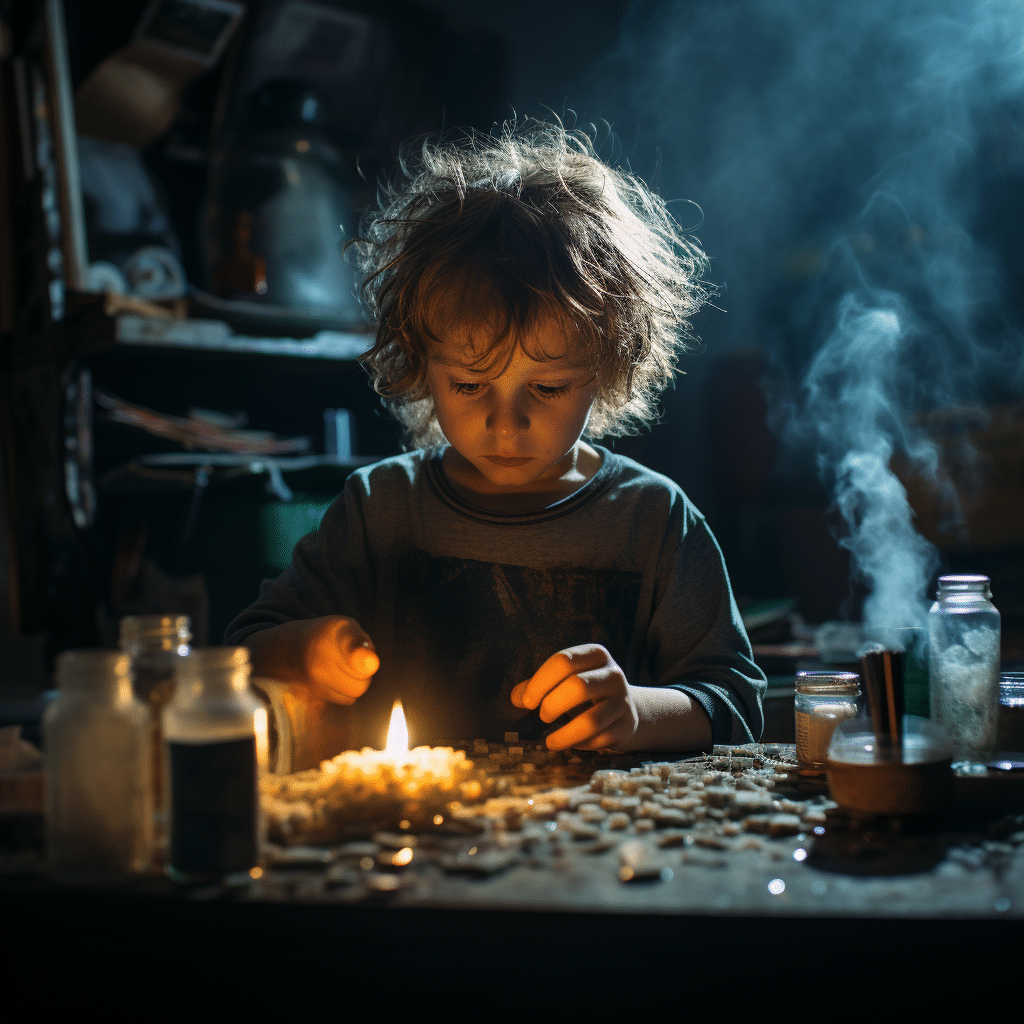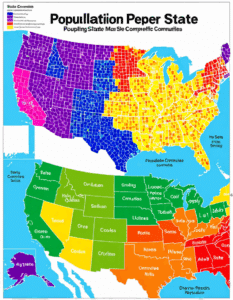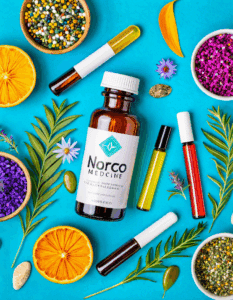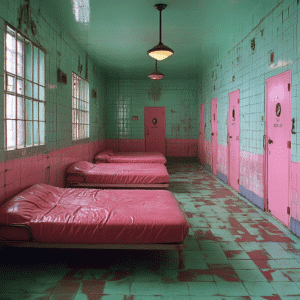How Lower Your Childs Risk Addiction? Addiction is a fiend that can sneak into homes, gripping onto the brightest of souls with chilling tenacity. It’s the boogeyman no parent ever wants to grapple with, and yet, it’s threateningly prevalent. At Mothers Against Addiction, we’ve felt the heartache addiction brings and witnessed sheer resilience in the face of it. We lean on each other, sing lullabies to the empty spaces left behind, and vow to rewrite the stars for our kids. And that’s what this piece is about – a compass to guide you and your child away from addiction’s clutches.
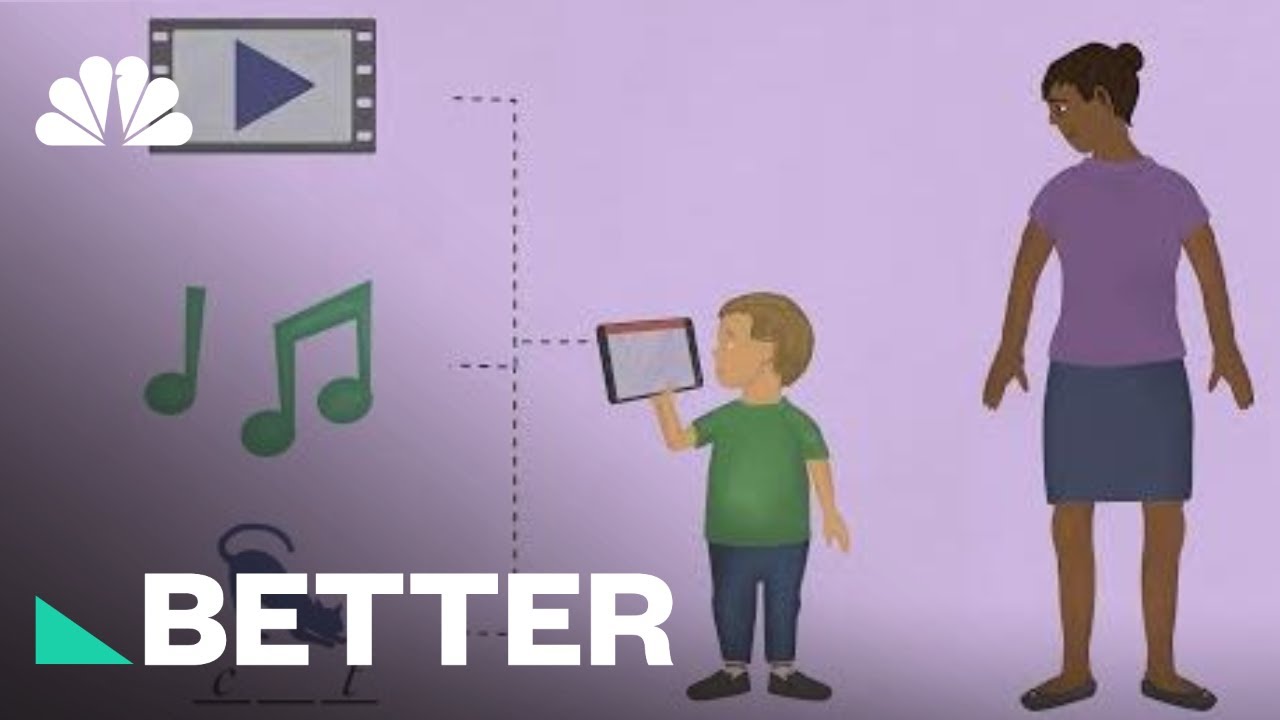
How Lower Your Childs Risk Addiction: How Lowering Your Child’s Risk of Addiction Begins with Knowledge
Let’s be real here – addiction doesn’t care for rhyme or reason, but certain threads can tug at a child’s vulnerability. Genetics might make you pause and think, “Is this a family curse?” See, if a family tree has addiction as a recurring guest, it might have left a seat for the next generation, too. It’s tough, no sugarcoating it, but being aware gives you a head start.
Next up, we’ve got those outside-your-door influencers – peer pressure, the media’s sly wink, and just how darn easy it is to get substances. It’s a cocktail designed to entice the young and the restless.
But the plot thickens when we explore the mind’s labyrinth — psychological factors. Mental health, stress, and the tools a child uses to face the world are monumental here. Some kids might put on armor and wield swords, while others pick up habits they think will shield them, not knowing they actually open Pandoras’ box.
Education is a beacon in this fog, right from the get-go. Imagine a fire drill for substance abuse, practicing the ‘what ifs’ so when the alarm rings, they know the escape plan. And that right there is our jumping point.
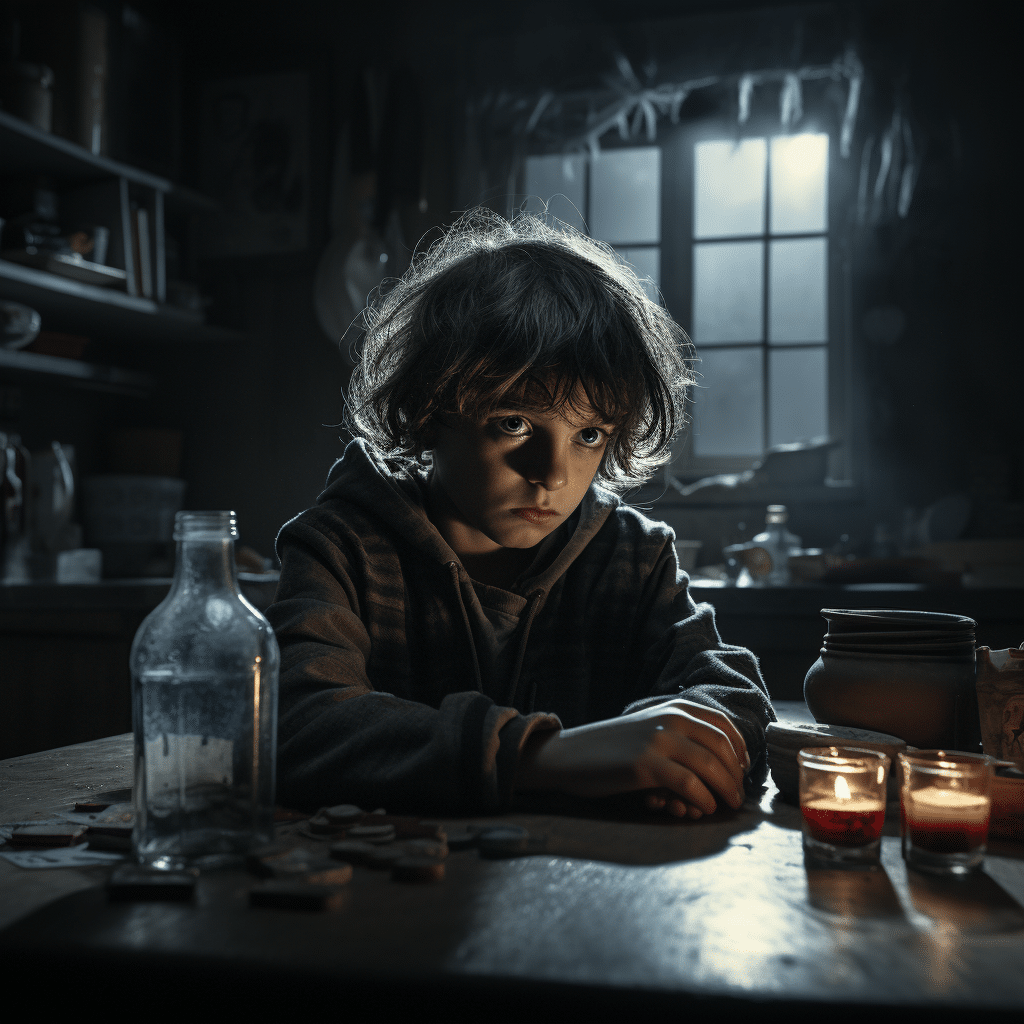
Establishing a Strong Foundation: Preventive Measures to Lower Child’s Addiction
First and foremost, let’s foster a home where trust isn’t tiptoeing around eggshells. It goes beyond saying, “We’re a team,” to actually benching up and playing together.
Boundaries – they’re like the rules of a sport, except this game has higher stakes. But here’s the kicker: your kids should know there’s love in every line drawn (and consequences if those lines get crossed, yep, we’ll enforce them with a heart).
Kids aren’t hermits — they’ve got lives outside those four walls. Be the VIP guest in their personal sitcom, get to know the friend squad, the class heroes and the wandering hearts – your presence is a powerful protector.
Cue in, the guides, the heroes without capes – role models and mentors. A chat with them could be the nudge that keeps young dreams afire, steering clear from smokescreens.
When we talk education, it’s not the wagging finger kind. It starts as a whisper, age-appropriate, transforming into a conversation, a story about choices – crystal clear narratives spinning around drugs and alcohol.
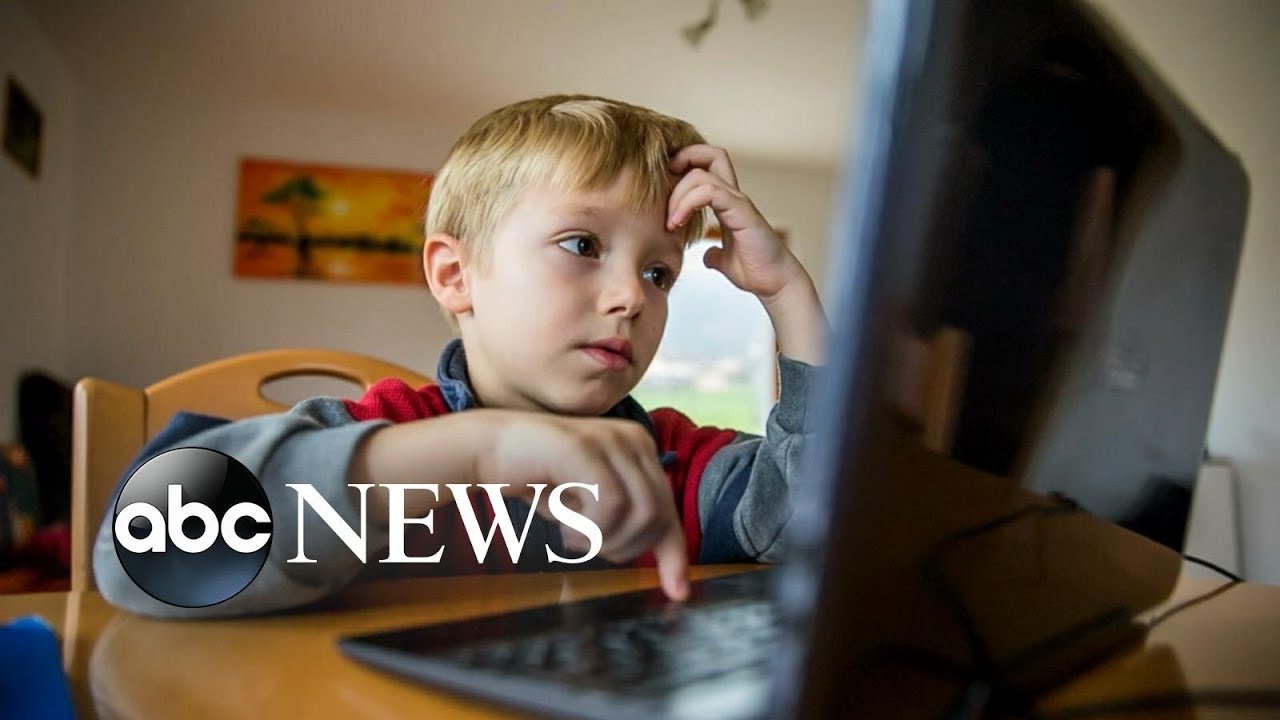
| Strategy Category | Specific Action or Measure | Additional Notes / Considerations |
|---|---|---|
| Establishing Rules and Consequences | 1. Set clear family rules about no substance use. | Consistency and follow-through with consequences are crucial. |
| 2. Communicate the consequences of breaking the rules and ensure they are enforced. | Tailor consequences to be age-appropriate and meaningful. | |
| Monitoring Mental Health | 1. Be observant for signs of mental health conditions and seek professional help. | Early intervention can prevent the use of substances as a coping mechanism. |
| 2. Provide support for conditions like depression, anxiety, ADHD. | Consider therapy, counseling, and when appropriate, medication under professional guidance. | |
| Parental Influence | 1. Model healthy behaviors and coping mechanisms. | Children often emulate their parents’ behaviors. |
| 2. Discuss your own experiences with substances and mental health, if applicable. | Honest conversations can enlighten and warn against potential risks. | |
| Understanding Genetic and Environmental Risk | 1. Acknowledge genetics may play a role in predisposition to addiction. | Proactive engagement can include genetic counseling and education. |
| 2. Address and process any familial occurrences of abuse or trauma. | Seek trauma-informed therapy and support systems. | |
| Education and Communication | 1. Educate your child about the risks of substance use. | Use age-appropriate language and curricula, such as school programs or educational materials. |
| 2. Maintain open lines of communication with your child. | Encourage your child to come to you with questions or concerns without fear of judgement. | |
| Providing Alternatives and Support | 1. Encourage extracurricular activities and hobbies. | Positive engagement can reduce boredom and the feeling of needing to seek out substances. |
| 2. Foster a strong support network of family and friends. | Social connectedness is crucial for emotional well-being. | |
| Professional Support and Resources | 1. Seek family therapy if there are issues affecting child’s risk of substance use. | Family therapy can address systemic issues that contribute to risk behaviors. |
| 2. Access community resources like support groups for families facing similar issues. | Community programs can provide education and support structures for both parents and children. |
Strengthening Emotional Skills: How to Keep Your Kids from Addiction Through Emotional Intelligence
Now, don’t glaze over, because emotional intelligence is the real MVP. It’s tuning into those feels and knowing what to do with them. That’s a skill we all could brag about.
Kids are like emotional sponges, so when the going gets tough, they’ll need an armory of coping mechanisms and Sherlock-Holmes-worthy problem-solving skills. Sharpen them early.
Pour out those emotions, a free flow in a safe space where words aren’t met with thunder. A child who spears words instead of bottling them up? That’s a win we cherish.
A shot of self-esteem can do wonders — it’s like armoring them with a shield so tempting offers bounce right off. Peer resistance skills? Oh, they’re like learning the art of saying ‘no’ with panache.
Channel that inner Zen with mindfulness and stress reduction techniques. Even kiddos need to breathe out the crazy world, finding their calm amidst the storm.
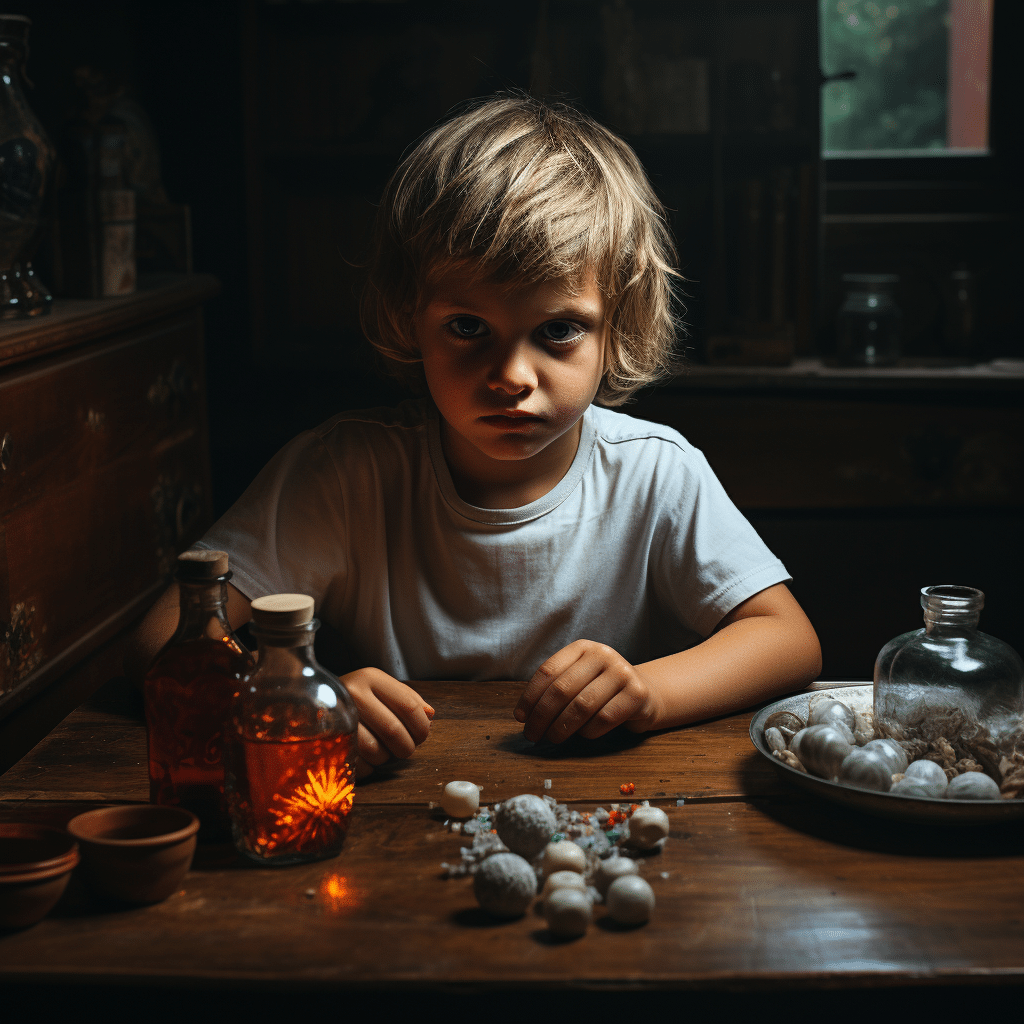
Engaging in Healthy Lifestyles: Activities to Lower Child’s Addiction Risk
Imagine your kid as a dynamo of energy, finding kicks in physical activity or arts instead of harmful habits. It’s the pursuit of passions, the fire that fuels them.
Encouraging those creative outlets and personal interests — that’s giving them their “something else,” their unique beat to dance to, far away from risky rhythms.
With technology breathing down our necks, balancing screen time becomes a dance of well-timed steps—too much and we tip; too little, we might miss out.
Community service and civic engagement add a sprinkle of greater purpose, like they’re part of something bigger —a stitch in the societal fabric.
You are what you eat, or so they say. Nutrition isn’t just body fuel; it’s brain food too. Mind and body, let’s keep them shinning.
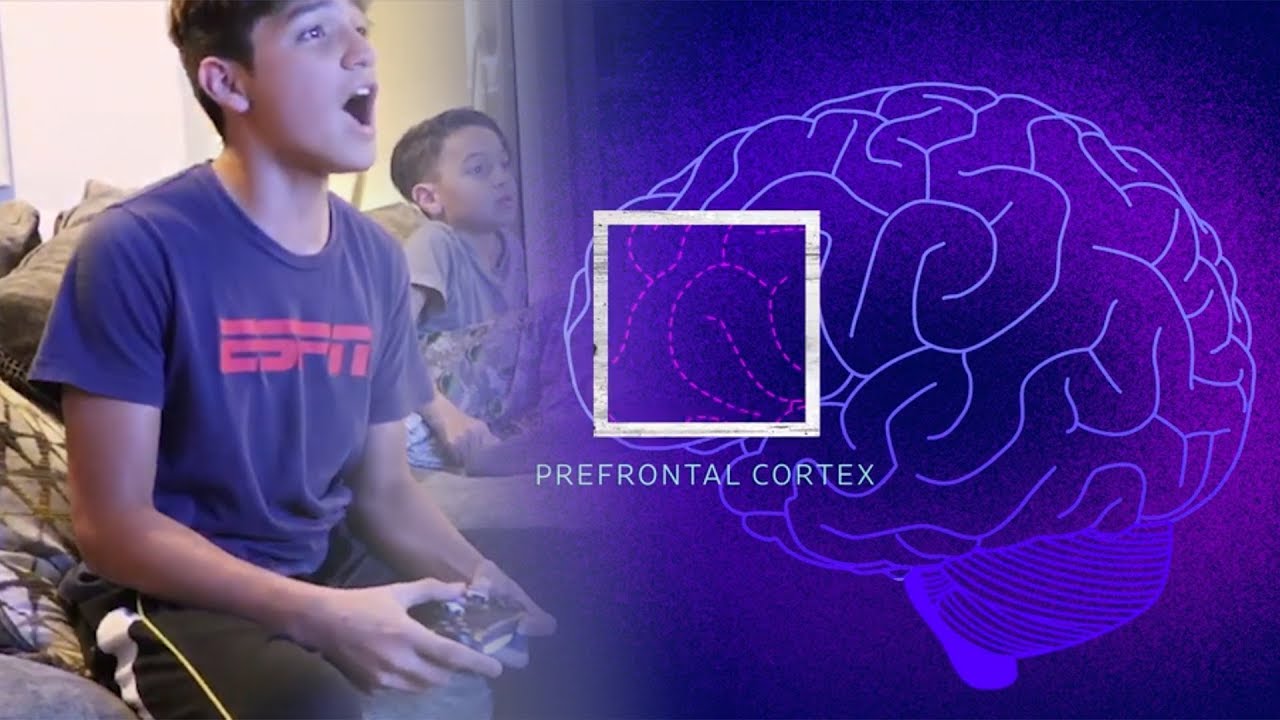
Monitoring and Mentorship: Proactive Approaches to Lower Your Child’s Risk of Addiction
Early birds catch the worm, and vigilant parents catch the signs. Risky behavior — it’s got tells, and you’ve gotta be the hawk that spots them.
That pivotal role of parental monitoring can be a tightrope – firm but fair, strong yet gentle. And yes, it works hand in hand with guiding discipline — it’s loving, not loathing.
When your gut says something’s up, it’s time for ‘the talk.’ Suspected substance use? It needs the right words, the right timing, the right everything.
No one’s solo on this journey. A support network’s vital; dialing in professional help doesn’t mean defeat, it means you’re fighting smart.
Local support and online resources are out there, whispers of hope and helping hands (links provided below). Feeling heard, feeling seen — that’s part of the healing.
The Digital Dimension: Navigating Online Influences to Protect Your Child
Digital peer pressure and online drug culture? They’re the wolves in sheep’s clothing, and your kid needs a shepherd.
Teach them to tread wisely in the social media maze, to distinguish between mirages and miracles. The lure of likes shouldn’t lead them astray.
Tech trends come and go, but keeping up with them is not just cool, it’s crucial. Parents got to know the game to play a winning hand.
Those digital boundaries we set? Think of them as cyber seatbelts, keeping your precious cargo safe on the superhighway.
Yes, and here we share, discuss, educate about the risks and realties online — the danger’s only a click away, after all.
Partnership in Prevention: Collaborating with Schools and Communities to Lower Child’s Addiction
In classrooms as on playgrounds, school-based substance abuse programs dish out lessons life itself might be too harsh in teaching.
Your voice, it’s louder than you think. So pitch in those community prevention efforts, sing along with a choir that’s larger than life.
Forge alliances with educators, counselors, and healthcare pros — collectively, we’re the wall standing against addiction’s tide.
Policy and advocacy aren’t just fancy words; they’re the chisel and hammer shaping a safer world, a better now.
And then, the success stories — they’re out there, shining like beacons for all to follow (yes, that includes stories of our own like Kaili Thorne‘s journey to resilience).
Nurturing Resilience: Cultivating Your Child’s Innate Strength to Resist Addiction
Resilience — think of it as a phoenix’s feather in your child’s cap. Challenges? Failures? They’re just plot twists in their epic saga.
Empowering your kids to stand tall, to look even failure in the eye and say, “Next round’s on me,” – that’s the endgame.
Independence isn’t just doing laundry; it’s carving a path of choices, tastes of freedom marinated in responsibility.
Those hobbies, those long-term goals? They’re the anchors that keep dreams afloat in stormy seas.
Family rituals and traditions — think of them as a tapestry weaving together tales of warmth, of belonging, of ‘us.’
Reimagining a Future Without Addiction: Empowering Your Child to Dream Big
Let them dream, let them soar on aspirations, gently grounding them with a sense of purpose, of a direction that’s uniquely theirs.
Dream big, plan positive; crafting narratives where ‘drug-free’ isn’t just an option, it’s a luminous highway stretching towards horizons.
Storytelling can paint visions of tomorrow — narrate them a world vibrant sans substances, and watch their imaginations take flight.
Celebrations, milestones, they don’t need to be high on anything but life and success, the genuine euphoria no substance could emulate.
And just as resources and guides are there for troubled times, so they stand to cheer, to support dreams and ambitions (links below).
Charting a New Path: Embracing Innovative Strategies for Your Child’s Risk-Free Future
To sum it all up – how to lower your child’s risk of addiction? It’s a mosaic of understanding, prevention, reinforcement, and vigilance.
Adaptability, they say, is the calling card of survival. In parenting, it sings truer still, hum a tune that invites new rhythms, novel approaches.
This journey? It’s scored with a unique soundtrack – a duet with your child, a continuous melody that evolves with each verse.
Peering into the future, the landscape of addiction prevention is but an unfolding map; there are discoveries to be had, new trails to trek.
In closing, to empower is the goal, to kindle a flame in both child and parent. Together, we forge tomorrows jeweled with the brightest stars – a future where addiction is but a shadow of yesterday, dispelled by the dawn of our collective resilience.
Explore this journey further, arm-in-arm with resources tailored for the fiercest of battles and the most nurturing of embraces; because, at Mothers Against Addiction, you never walk alone. Here’s where you’ll find the understanding, the tools, and the community to guide you and your loved ones toward that hopeful, addiction-free future:
- For those who’ve lost their light, find solace at Grieving Mom
- Tiny hearts wrestling with mighty storms – learn more about Babies With Drug addictions
- Understand how to be the wall that stands firm – Parents, the Antidrug(
In this intricate dance of life, let’s lead with hope, protect with knowledge, and empower every step towards a boundless horizon.
Strategies to Keep Your Kids on the Safe Side of Addiction
Be the Anti-Drug Role Model
Alright, bear with me here. You know when you’re watching a movie, and you can’t help but admire those Hottest male Celebrities who just seem so cool and collected? Well, imagine being that kind of superstar in your own home. Your kids look at you like you’re a major celeb in their world, which means you’ve got serious influence over them—like, superhero-level influence! Becoming a Parents The Antidrug role model isn’t just about telling your kids what’s right or wrong; it’s about showing them how to live a life without the need for harmful substances. Strut your stuff as a clean-living, healthy-habit-forming A-lister in your child’s eyes. Talk about your own choices openly, share the reasons behind your healthy habits, and trust me, they’ll be taking mental notes.
Communicate Like a Pro
Whoa, check this out! You’ve got to chat with your kids like they’re the VIPs of your life. I’m not just blowing smoke—communication is a slam-dunk move when it comes to keeping them on the straight and narrow. When you’ve got that cozy, “let’s-talk-about-anything” vibe going on, your kids will feel like they can come to you with the big stuff. You know, fears, dreams, and all those awkward questions that Google just can’t answer right? So, cut the lecture and switch to a heart-to-heart convo. It might just be the game-changer to help them dodge the addiction curveball.
Make Bonding Time a Blast
Let’s kick it into high gear with some family bonding that’s all the rage. You might be thinking, “Easier said than done,” especially with teenagers who seem to be allergic to anything family-related. But hey, hear me out! Whether it’s a goofy game night, an impromptu dance party in the living room (we all have those, right?), or just munching on pizza while binge-watching a series, making quality time fun time can seriously tighten those family ties. Plus, the more you’re all in it together, the less likely your kiddos will feel the need to seek out risky behaviors to fill any gaps.
Knowledge is Power, So School ‘Em Right
Now, let’s huddle up and talk strategy. Arm your troops with knowledge, because ignorance ain’t bliss when it comes to addiction. But don’t toss out facts and stats like a boring professor – jazz it up! Use stories, real-life situations, heck, even memes if that’s what it takes to get the message across. And tag-team it; bring in trusted aunts, uncles, or family friends to share their wisdom too. The more they know, the more they’re equipped to make stellar choices when they’re out on their own.
Set Up the Perfect Pick-Me-Up
Okay, so nobody’s perfect, and your kid might trip up now and then. It’s like when those hottest male celebrities have a movie that bombs—hey, it happens to the best of ’em. But what do they do? Come back with a killer flick the next time. Show your kiddos that one setback doesn’t have to lead to a downward spiral. Be there to dust them off, offer a high-five for trying, and set them back on the path to awesomeness. It’s this kind of support backup that can mean the difference between a minor stumble and a full-on slide into addiction.
There you have it, folks – a few cool, down-to-earth ways to be the rockstar parent who leads the pack in the fight against addiction. It’s all about blending wisdom, warmth, and a little bit of “we’ve got this” to keep your family sailing smooth in choppy waters.

What are the 4 traits that put kids at risk for addiction?
Oh boy, the four traits that can make a kiddo more likely to fall into addiction’s clutches? Well, strap in ’cause here they are: first up, a hankering for thrills can send ’em looking for risky highs. Second, trouble reigning in impulses might make ‘no’ a hard word to swallow. Third, struggling to hoof it through emotional hurdles can leave ’em reaching for unhealthy crutches. Lastly, hanging with the wrong crowd can lead ’em astray, chasing acceptance down some dicey paths.
How does parental addiction affect child development?
Talk about a rough ride—when mom or dad’s tangled up in addiction, it’s like a wrench in the works for a kid’s development. Emotional roller coasters become the norm, trust plays hide and seek, and their own risk for future addiction might as well set up camp. And let’s not forget the learning curve—mimicking parental habits, or being so stressed out, the books might as well be in hieroglyphs!
What are the 4 C’s of addiction?
The 4 C’s of addiction? Get a load of these: first, there’s the lack of control; cue the “I swear I can stop” loop. Then, the craving comes knocking like an unwelcome door-to-door salesman. Next, the compulsion to use sets up shop, bossing around better judgement. Last, but oh-so not least, consequences pile up like dirty laundry with no regard for the fallout.
What are hereditary factors in addiction?
Hereditary factors in addiction are like a family heirloom you’d rather not display. They’re those pesky genes that pass down a higher chance of addiction like a “Buy one, get one” deal no one signed up for. It’s not a done deal, but it’s like starting the game on a trickier difficulty level.
What is the role of parents in addiction?
Whew! Parents in the addiction equation? That’s where the rubber meets the road, folks. They’re the role models, the first defense, and the warning bells all in one. Having open chats, keeping an eagle eye out for warning signs, and walking the straight and narrow themselves can steer the ship away from troubled waters.
Are addictions hereditary?
Are addictions hereditary? Well, let’s just say they can run in the family faster than a viral video. Genes load the gun, but environment and personal choices pull the trigger. It’s a mix of nature and nurture shaking hands on the deal.
Are children of addicts more prone to addiction?
Children of addicts facing their own addiction? Sad to say, the apple can fall not far from the tree. They’ve got the front-row tickets to the show and might even take up the family business without meaning to, nudged by biology and a tough act to follow.
What are the three categories of risk factors for addiction?
Addiction’s three amigos of risk factors come riding in: individual traits—think personality and biology—gallop in front, environment’s hot on their heels with family, friends, and life stress hoofing it, and finally, early use bolts in, the fast track that can wire the brain for future addiction marathons.
What are 5 main vulnerabilities to the disease addiction?
Looking for the top five vulnerabilities to addiction? Well, plant your feet ’cause here they come: mental health struggles wave their red flags, feeling like an outsider in social digs can weaken defenses, trauma’s got its foot in the door, too. Chronic pain might whisper sweet nothings about relief, and, let’s face it, kids’ still-cooking brains aren’t great at dodging addictive curveballs.
What is the 5 factor model addiction?
The 5 factor model addiction? Picture it like a five-layer dip no one wants at the party. It starts with your biological layer; add a sprinkle of psychology; blend in social relationships for flavor; layer on environment for context; and top it off with spiritual or philosophical beliefs that can either solidify the mess or add a dash of hope.
What are the 5 components of addiction?
And as for the 5 components of addiction? Here they are: compulsion’s calling the shots on behavior, cravings are hooting and hollering for attention, consequences are piling up in the corner, ignored. Control’s left the building, and continued use despite the trouble it brings is the cherry on top of this problem sundae.

